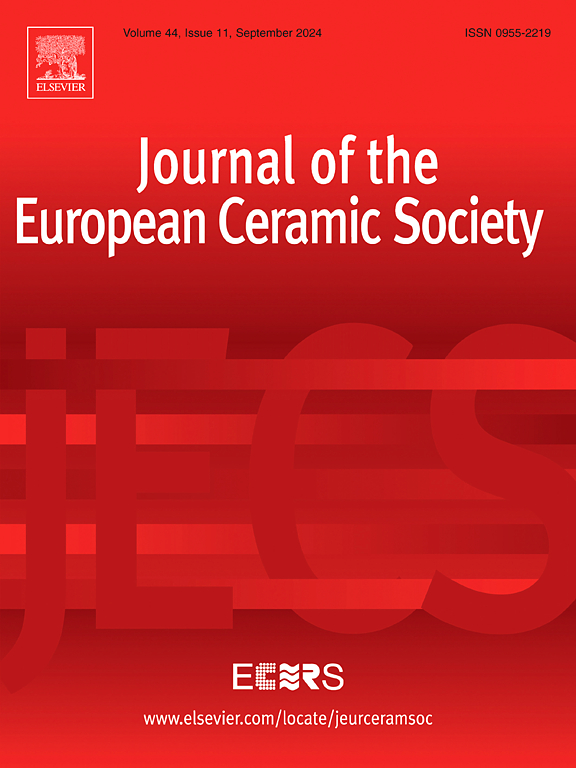Unlocking the superior performance of Ni-rich layered materials through precise precursor engineering
IF 5.8
2区 材料科学
Q1 MATERIALS SCIENCE, CERAMICS
Journal of The European Ceramic Society
Pub Date : 2025-02-14
DOI:10.1016/j.jeurceramsoc.2025.117280
引用次数: 0
Abstract
In this study, we investigated the influence of precursor engineering on the performances of Ni-rich cathode for LIBs. By systematically varying the NH₄OH to metal ratio during co-precipitation process, we controlled the porosity of precursors, affecting the microstructure of the calcined materials. SEM, BET, and true density analyses revealed that lower NH₄OH/Me ratios produce more porous precursors, which enhance Li-source diffusion and promote uniform sintering. XRD and residual lithium analyses confirmed reduced primary particle and lower residual lithium in the calcined materials, leading to improved rate capability and cyclability. Specifically, cathodes derived from low-density precursors showed a 30 % increase in discharge capacity at 3 C and fewer internal cracks after 50 cycles compared to high-density samples. Mechanical tests indicated that high-density materials exhibited a 250 % increase in fracture toughness. These findings highlight the crucial role of precursor design in optimizing Ni-rich cathodes and offer a straightforward strategy for assessing precursor quality.
求助全文
约1分钟内获得全文
求助全文
来源期刊

Journal of The European Ceramic Society
工程技术-材料科学:硅酸盐
CiteScore
10.70
自引率
12.30%
发文量
863
审稿时长
35 days
期刊介绍:
The Journal of the European Ceramic Society publishes the results of original research and reviews relating to ceramic materials. Papers of either an experimental or theoretical character will be welcomed on a fully international basis. The emphasis is on novel generic science concerning the relationships between processing, microstructure and properties of polycrystalline ceramics consolidated at high temperature. Papers may relate to any of the conventional categories of ceramic: structural, functional, traditional or composite. The central objective is to sustain a high standard of research quality by means of appropriate reviewing procedures.
 求助内容:
求助内容: 应助结果提醒方式:
应助结果提醒方式:


